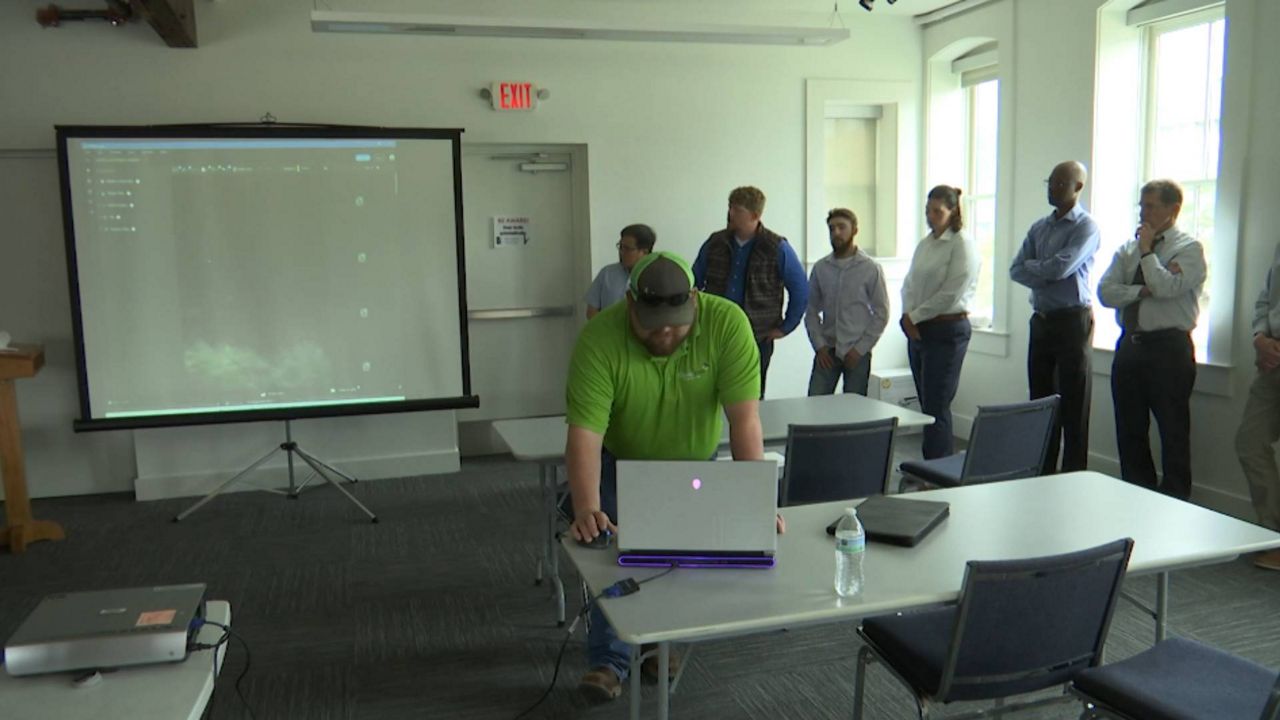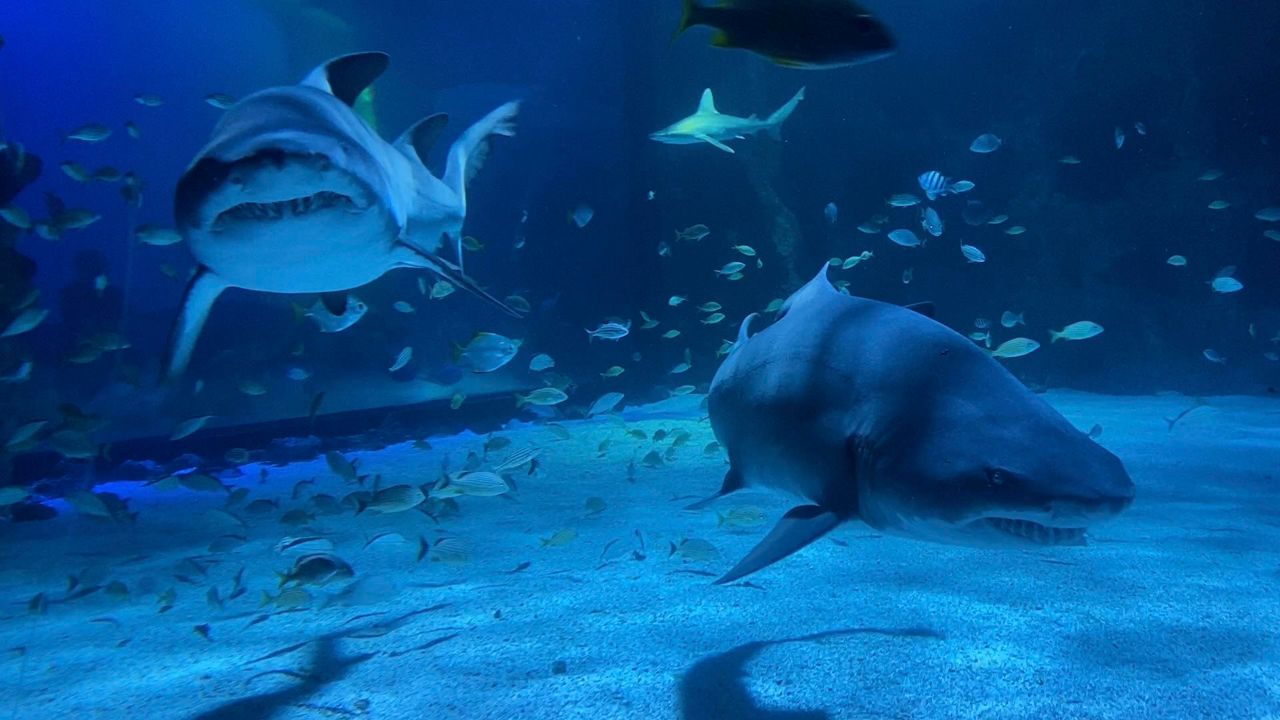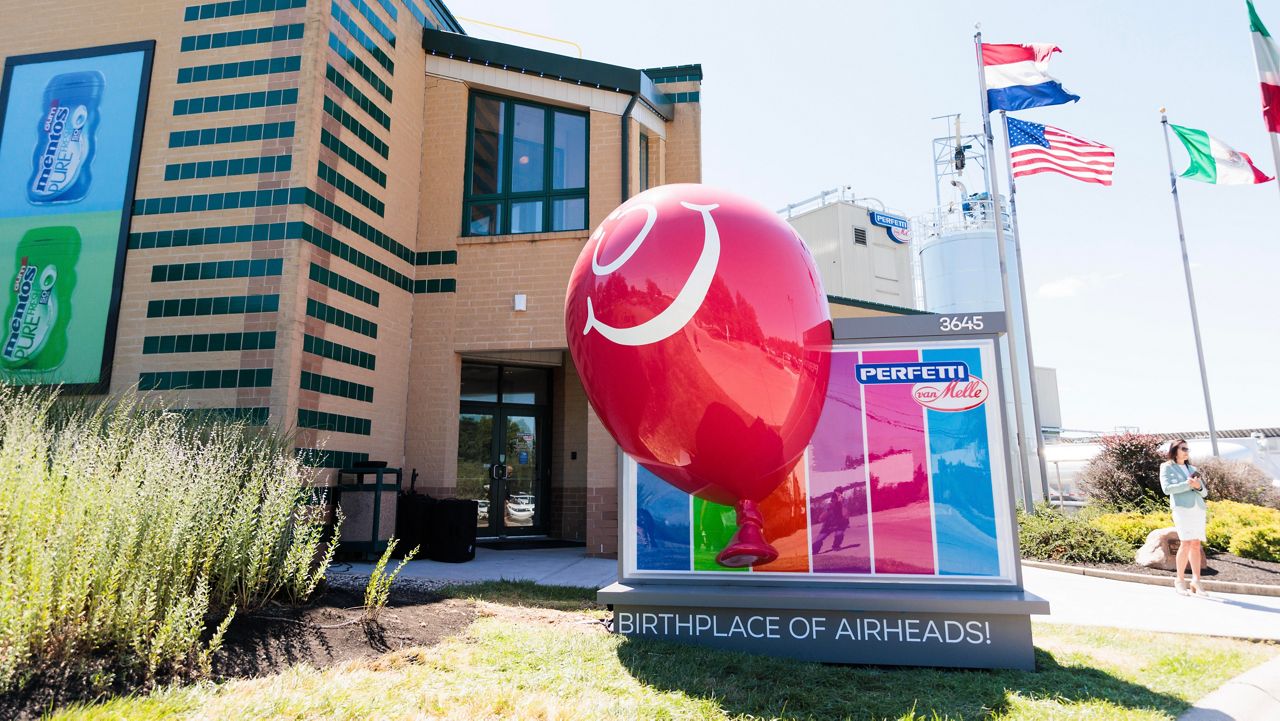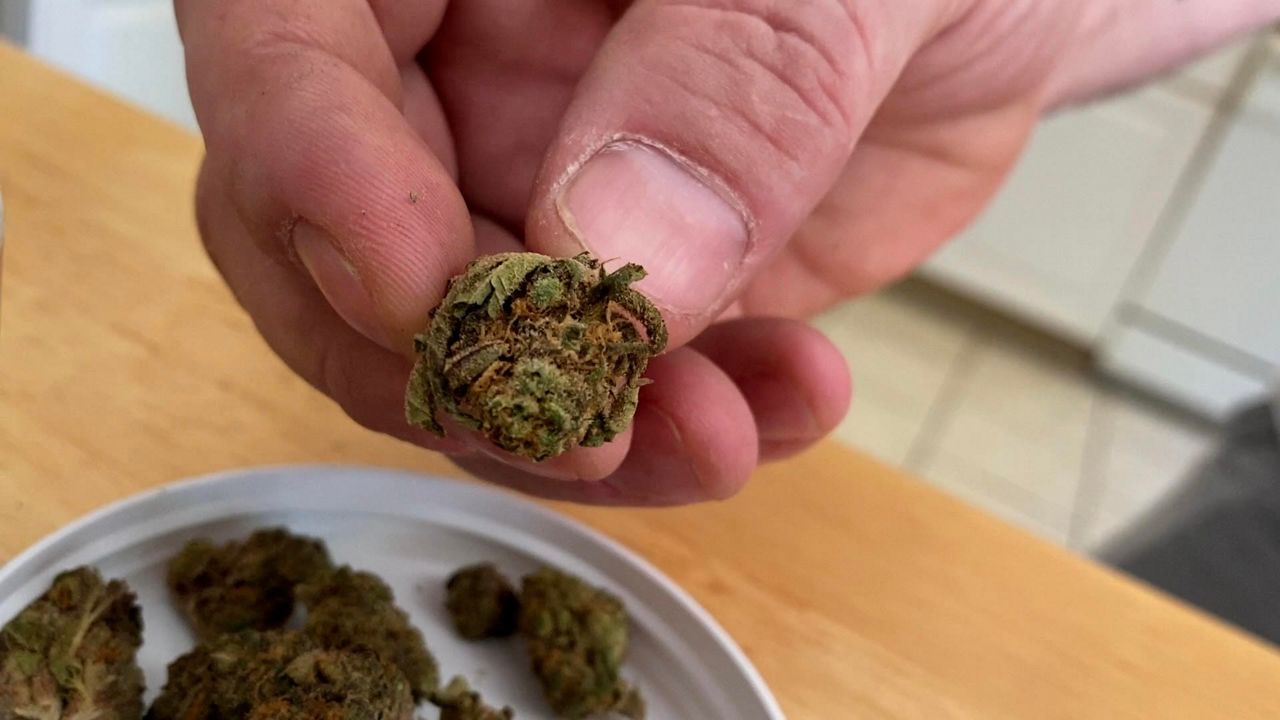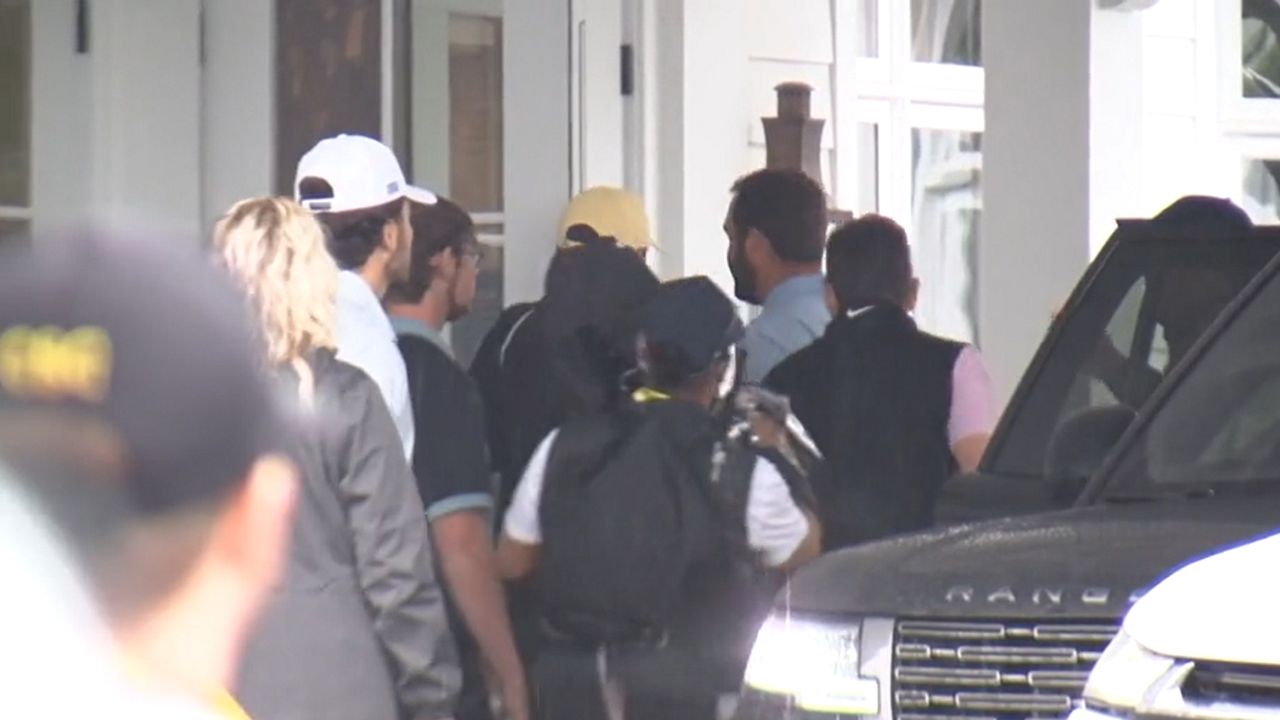CINCINNATI — Environmental planners are teaching a two-day class on how to assess bridges and culverts for blockages that are preventing wildlife from getting through. They say making sure these waterways are clear affects everyone, not just the wildlife.
David Rutter is a self proclaimed “water geek.”
So, putting on his boots and getting down into a stream to pass his knowledge on to others was less of an assignment and more of a calling.
“There’s not a person on this planet that doesn’t use water every day as a critical component of just your living. No water, no life,” Rutter said.
Rutter is a senior environmental planner with the Ohio-Kentucky-Indiana Regional Council of Governments, or OKI. He teaches classes on assessing bridges and culverts for blockages that harm biodiversity, particularly by impeding fish passage.
They look at how the water is coming in, erosion, debris in the way and other factors.
“There’s a drop off below a culvert, or some other kind of structure that creates a wall the fish can’t get over and through,” Rutter said.
After completing the class, attendees will be able to teach the class themselves and upload field data to the National Aquatic Barrier Inventory & Prioritization tool, which helps make informed decisions to enhance aquatic ecosystems by reconnecting fragmented river networks.
Rutter said the tool will be helpful in securing funding for those stream infrastructures most in need of repair or replacement, which he said is something everyone should care about.
“You think, why should I care about fish and bugs? Fish and bugs are how we tell how clean our water is. And if you don’t have fish present, and you don’t have the macroinvertebrates, the insects and things that live in the water, and you don’t have ones that don’t tolerate pollution, that means your water quality, there’s something going on with your water,” he said.
Rutter said there are tens of thousands of bridges and culverts just in the OKI region. They now have data on maybe a couple dozen of them. So there’s a lot of work to do, and he’s happy to get people prepared to do it.
OKIi is a council of local governments, business organizations and community groups committed to developing collaborative strategies, to improve the quality of life and economic development potential of Ohio, Kentucky and Indiana.








